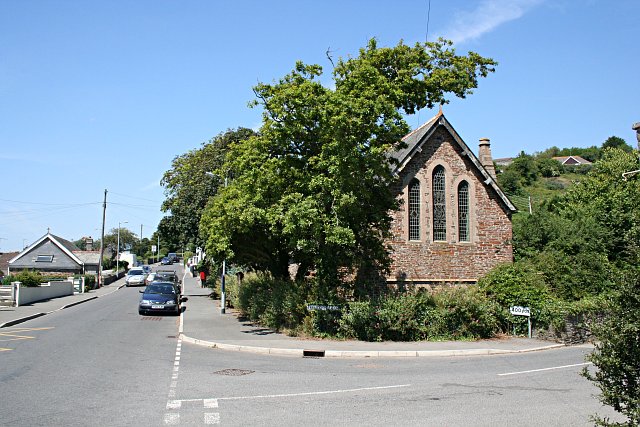Fox's Hole
Coastal Feature, Headland, Point in Cornwall
England
Fox's Hole
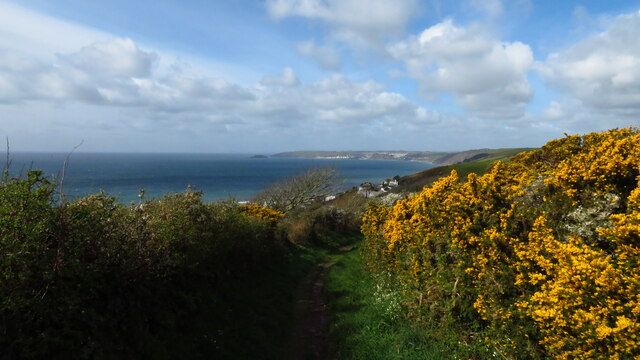
Fox's Hole is a charming coastal feature located in Cornwall, England. Situated on the southern coast, this picturesque headland and point offers breathtaking views of the Atlantic Ocean. It is a popular destination for locals and tourists alike, known for its rugged beauty and unique geological formations.
The headland is characterized by towering cliffs that jut out into the sea, creating a dramatic backdrop against the crashing waves. These cliffs, composed primarily of slate and granite, have been shaped over centuries by the powerful forces of erosion, resulting in fascinating rock formations and hidden caves.
One of the main attractions at Fox's Hole is a natural arch that has formed by the relentless pounding of the waves. The arch, a testament to the incredible power of nature, frames the panoramic views of the ocean, providing a perfect spot for photographers and nature enthusiasts.
The headland is also home to a variety of wildlife. Seabirds, such as gulls and cormorants, can often be spotted nesting on the cliffs, while seals and dolphins occasionally make appearances offshore. The area is a designated nature reserve, ensuring the protection of its diverse ecosystem.
Visitors to Fox's Hole can explore the headland via a network of walking trails that wind along the cliffs, offering stunning vistas at every turn. It is a popular spot for hiking and birdwatching, as well as for those seeking a peaceful escape from the hustle and bustle of daily life.
Overall, Fox's Hole in Cornwall is a captivating coastal feature that showcases the raw beauty of nature. Its striking cliffs, impressive rock formations, and abundant wildlife make it a must-visit destination for anyone seeking a truly unforgettable coastal experience.
If you have any feedback on the listing, please let us know in the comments section below.
Fox's Hole Images
Images are sourced within 2km of 50.360042/-4.3366209 or Grid Reference SX3353. Thanks to Geograph Open Source API. All images are credited.




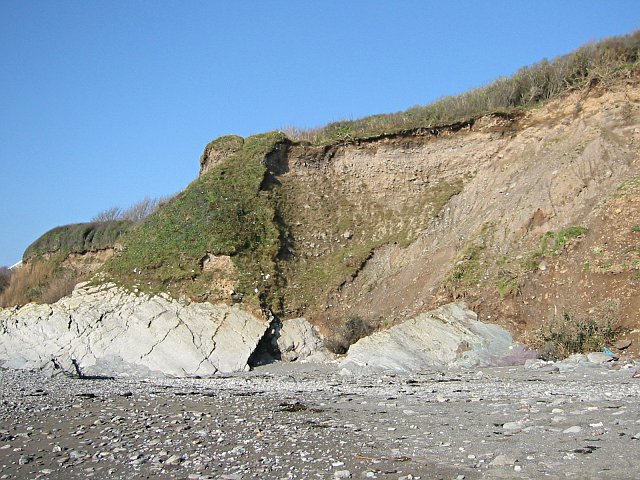
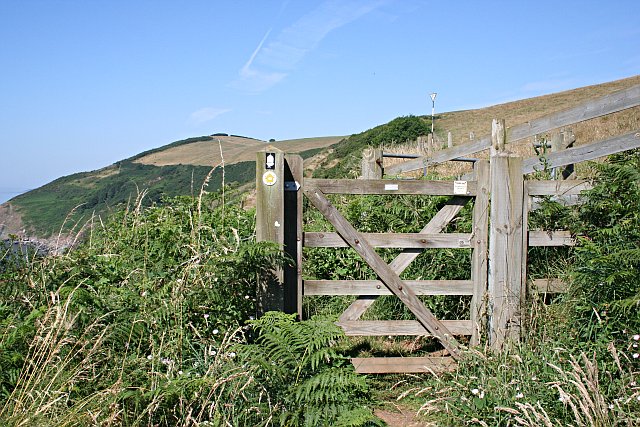
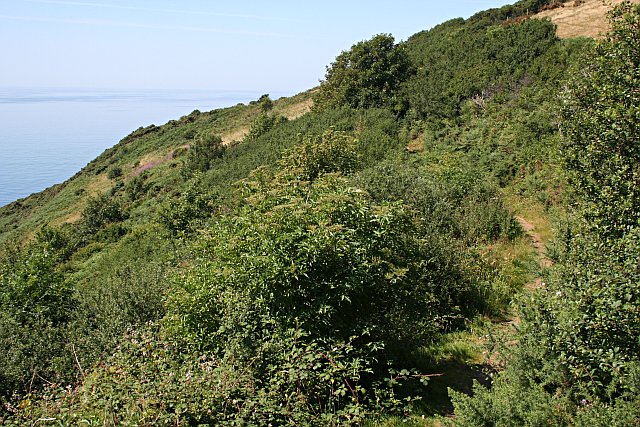
Fox's Hole is located at Grid Ref: SX3353 (Lat: 50.360042, Lng: -4.3366209)
Unitary Authority: Cornwall
Police Authority: Devon and Cornwall
What 3 Words
///cherry.populate.country. Near Landrake, Cornwall
Nearby Locations
Related Wikis
Narkurs
Narkurs is a hamlet in the south east of Cornwall, England. It is part of the civil parish of Deviock. It is about 2 km southeast of Hessenford. Historically...
Portwrinkle
Portwrinkle (Cornish: Porthwykkel) is a small coastal village in south-east Cornwall, England, United Kingdom. It is at the western end of Whitsand Bay...
Downderry
Downderry (Cornish: Downderri) is a coastal village in southeast Cornwall, England, United Kingdom. It is situated 12 miles (19 km) west of Plymouth and...
Crafthole
Crafthole is a village in the parish of Sheviock, in southeast Cornwall, England, UK. The village has a pub (Finnygook Inn), Post Office, shop, Methodist...
Nearby Amenities
Located within 500m of 50.360042,-4.3366209Have you been to Fox's Hole?
Leave your review of Fox's Hole below (or comments, questions and feedback).












